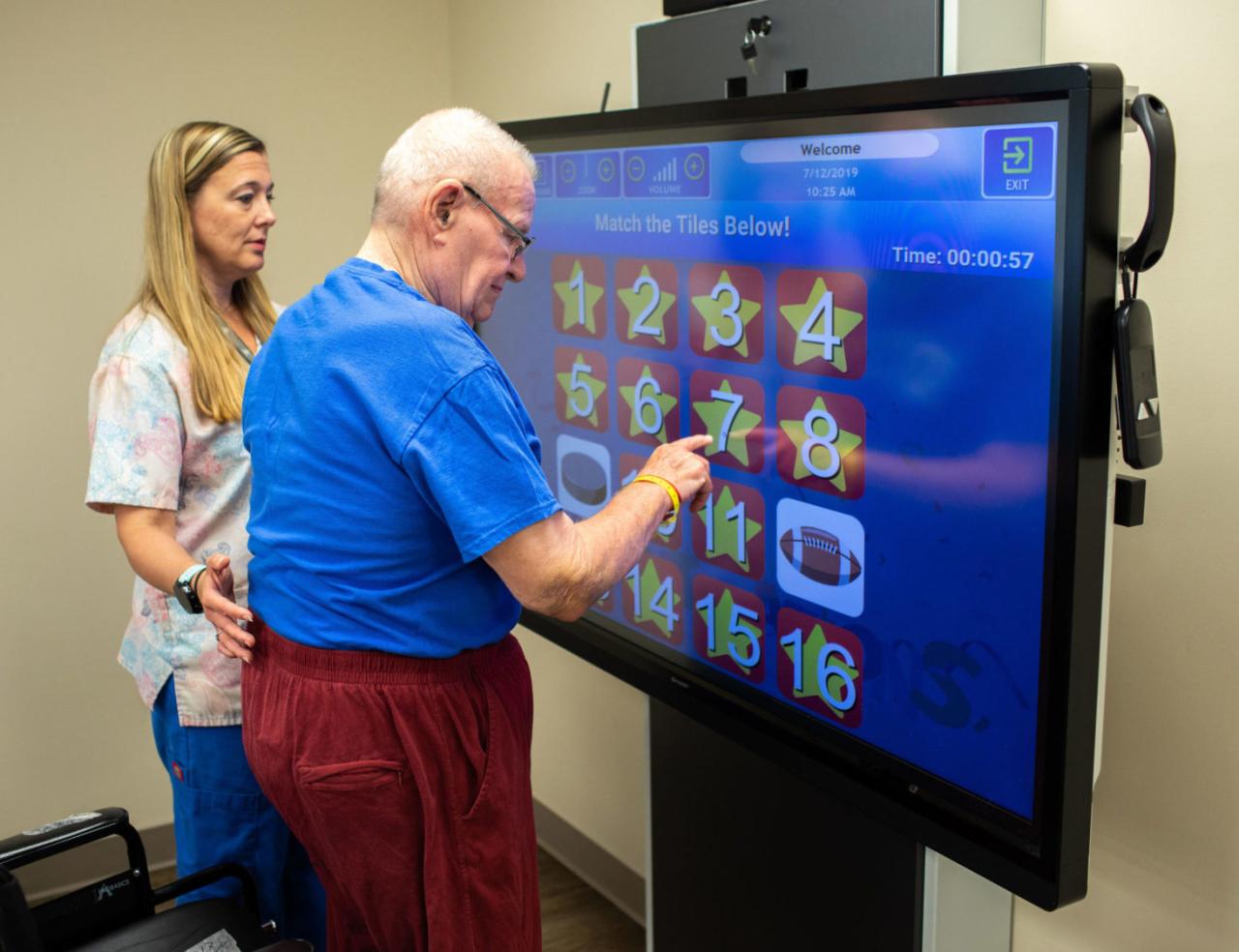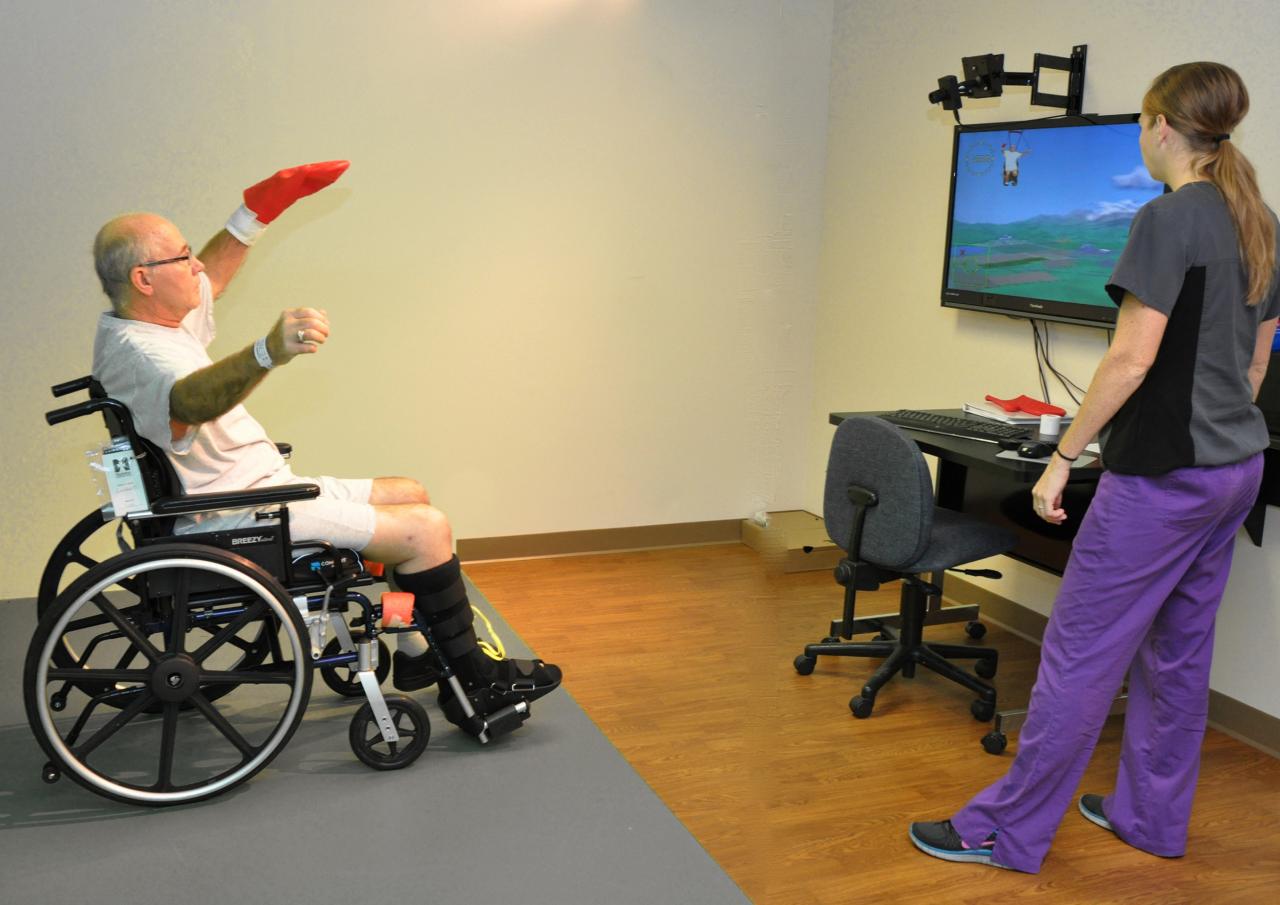Technology Rehab: Reclaiming Digital Well-being
Technology rehab is a growing field that addresses the detrimental effects of excessive technology use. It offers a path to recovery for individuals struggling with technology addiction, a condition characterized […]

Technology rehab is a growing field that addresses the detrimental effects of excessive technology use. It offers a path to recovery for individuals struggling with technology addiction, a condition characterized by compulsive and excessive engagement with digital devices and online platforms. The impact of technology addiction can be far-reaching, affecting mental health, relationships, and overall well-being. Technology rehab programs provide a structured approach to help individuals break free from their digital dependence and reclaim control over their lives.
Technology rehab programs typically incorporate a combination of therapeutic techniques, behavioral modifications, and lifestyle changes. These programs aim to identify the underlying triggers and patterns of technology use, develop healthier digital habits, and foster a balanced relationship with technology. Individuals in technology rehab may engage in activities like mindfulness exercises, digital detox periods, and therapy sessions to address the psychological and emotional aspects of their addiction. The goal is to empower individuals to develop a more mindful and balanced approach to technology use, promoting digital well-being and a healthier relationship with the digital world.
The Future of Technology Rehab

Technology rehab is a rapidly evolving field with the potential to significantly impact how we interact with technology and manage our digital well-being. As technology continues to advance, so too will the need for interventions to address the challenges it presents.
Future Trends and Advancements in Technology Rehab
The future of technology rehab is likely to be characterized by several key trends and advancements.
- Personalized interventions: Technology rehab programs will become increasingly personalized, taking into account individual needs, preferences, and technology usage patterns. This will involve utilizing data analytics and artificial intelligence (AI) to create tailored interventions that are more effective in addressing specific challenges.
- Integration with wearable technology: Wearable devices, such as smartwatches and fitness trackers, will play a more prominent role in technology rehab. These devices can collect real-time data on user behavior, providing valuable insights for intervention strategies. For example, wearable technology could be used to track screen time, identify patterns of excessive use, and provide personalized feedback and support.
- Virtual and augmented reality (VR/AR) applications: VR and AR technologies offer exciting possibilities for immersive and interactive technology rehab experiences. VR environments can be used to simulate real-world scenarios that trigger addictive behaviors, allowing individuals to practice coping mechanisms and develop healthier digital habits. AR overlays can provide real-time feedback and guidance on technology use, prompting users to take breaks or adjust their behavior.
- Focus on prevention: Technology rehab will increasingly focus on preventing technology addiction and promoting digital well-being from a young age. Educational programs and awareness campaigns will be implemented to teach children and adolescents about healthy technology use, responsible social media engagement, and the potential risks of excessive screen time.
Ethical Considerations Surrounding Technology Rehab Practices
As technology rehab becomes more prevalent, it is crucial to consider the ethical implications of these practices.
- Privacy and data security: Technology rehab often involves collecting and analyzing personal data about users’ technology usage. It is essential to ensure that this data is collected and used ethically and responsibly, respecting user privacy and safeguarding sensitive information. Robust data security measures and transparent data policies are crucial to building trust and protecting user rights.
- Coercion and control: There is a risk that technology rehab practices could be used to coerce or control individuals’ behavior. It is important to ensure that interventions are voluntary and respect individual autonomy. Technology rehab should not be used as a means of surveillance or punishment, but rather as a tool to empower individuals to make informed choices about their technology use.
- Accessibility and equity: Technology rehab services should be accessible to everyone, regardless of socioeconomic status or geographic location. Ensuring equitable access to these services is crucial to address digital disparities and promote digital well-being for all.
Potential for Technology Rehab to Become a More Mainstream Approach to Digital Well-Being
Technology rehab has the potential to become a more mainstream approach to digital well-being, as awareness of the potential harms of excessive technology use grows.
- Increased public awareness: As more research emerges on the negative impacts of technology addiction and digital dependence, public awareness of these issues is likely to increase. This will create a greater demand for effective interventions and support services, such as technology rehab.
- Integration into healthcare systems: Technology rehab practices could be integrated into traditional healthcare systems, becoming a recognized component of mental health care. This would provide greater access to these services and facilitate collaboration between healthcare professionals and technology rehab specialists.
- Corporate wellness programs: Companies are increasingly recognizing the importance of digital well-being for their employees. Technology rehab programs could be incorporated into corporate wellness initiatives, promoting healthier technology use and improving employee productivity and well-being.
End of Discussion: Technology Rehab

Technology rehab is an emerging field that holds immense potential for helping individuals overcome technology addiction and reclaim their digital well-being. As technology continues to evolve and permeate our lives, the need for such programs is likely to grow. By understanding the complexities of technology addiction and the strategies employed in technology rehab, we can foster a more balanced and healthy relationship with the digital world. Technology rehab is not just about limiting screen time; it’s about empowering individuals to harness the benefits of technology while safeguarding their mental, emotional, and physical well-being.
Technology rehab is a growing trend as people seek to find balance in their digital lives. This often involves taking a step back from constant connectivity and exploring alternative ways to interact with technology. One area that can significantly impact our digital well-being is the intersection of technology and advertising , where targeted messages can influence our choices and habits.
By understanding the strategies used in this space, we can become more aware consumers and ultimately reclaim control over our relationship with technology.





